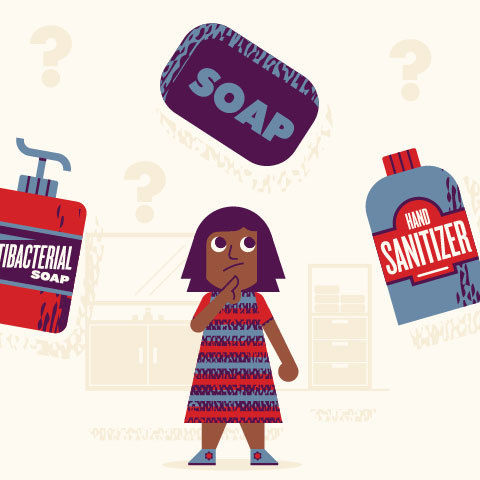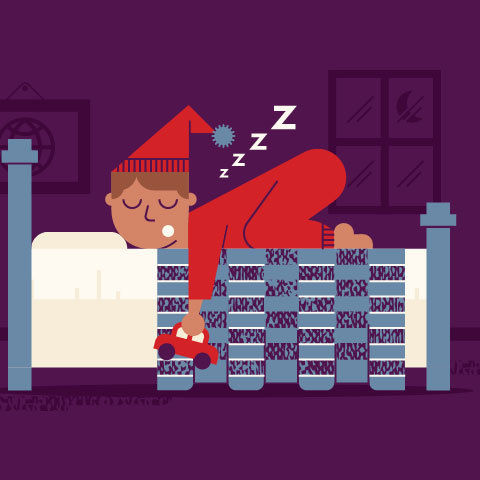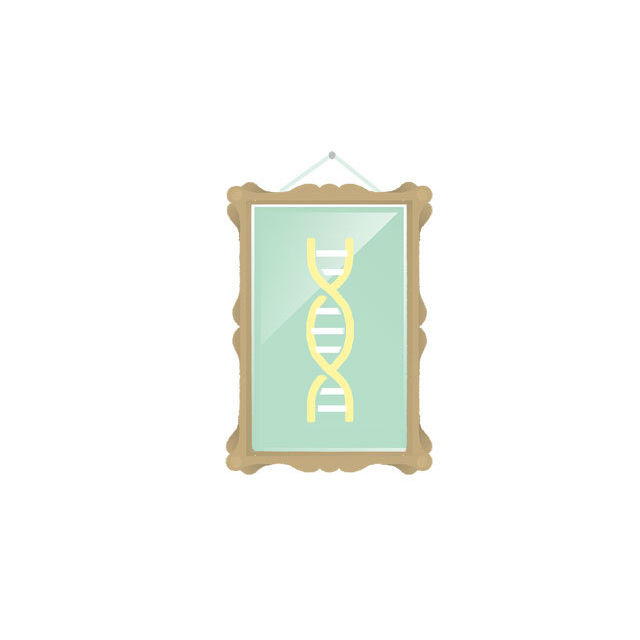Moving Back to Houston for the Twins
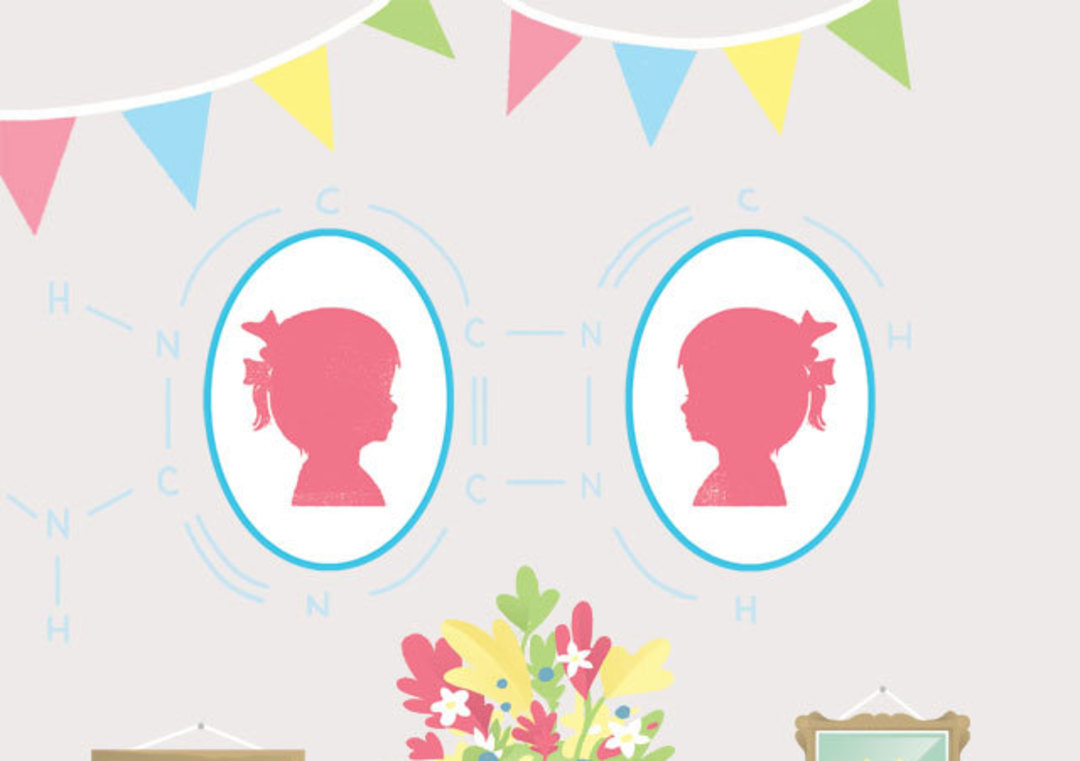
Image: John Patrick Thomas
Already parents of two, the Agees knew this pregnancy was going to be a little more complicated than the others—but they didn’t yet realize it would mean a move back to Texas. “We had planned on moving from Houston to Jackson Hole, Wyoming,” Ashley explains. “We bought a house in Jackson, then we found out we were pregnant. A week later, we found out it was twins. We had sold our house in Houston by that time.”
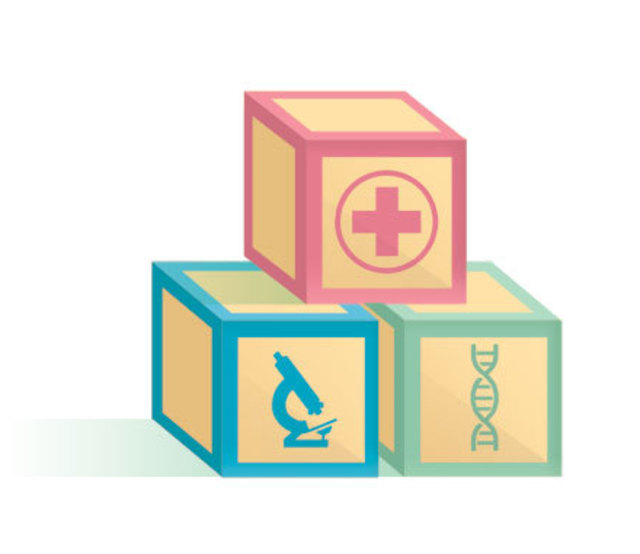
Image: John Patrick Thomas
It was when the Agees’ identical twins were 23 weeks along that the couple discovered they were suffering from Twin-to-Twin Transfusion Syndrome (TTTS), a life-threatening condition requiring treatment by a specialist. “There aren’t even any specialists in Jackson Hole. There are doctors that come every two weeks from Salt Lake City, Utah, to see cases like mine,” says Ashley. “We hopped on a jet the night we were diagnosed and met with our fetal medicine specialist a few hours later.” That jet, of course, was to Houston, and the specialist was Dr. Kenneth Moise, co-director of the Texas Fetal Center at Children’s Memorial Hermann Hospital and a professor in the Division of Maternal-Fetal Medicine and Department of Pediatric Surgery at UTHealth Medical School.
TTTS is a condition that occurs in identical twins (20 percent of all twin pregnancies) who share the same placenta and are connected by blood vessels. In 10 percent of these cases, the blood flow between the twins becomes unbalanced, resulting in a smaller baby who’s not getting enough blood, and a larger one who gets too much. The condition frequently kills both of them—without treatment, 90 percent of twins with TTTS won’t survive; with it, 70 percent will. “It’s a big change in outcome,” says Dr. Moise. Two days after the Agees returned to Houston, Dr. Moise successfully performed a procedure called fetoscopic laser ablation on Ashley and the twins, going in and using a special laser to seal off the blood vessels connecting them.
Of course, TTTS is only one of the complications that come with carrying identical twins. “Although the press likes to talk about how cool it is to have identical twins,” says Dr. Moise, “30 to 40 percent of identical twins develop major complications during the pregnancy.” Fraternal twins, too, carry risks, and their numbers—as well as the numbers of all multiples—have increased dramatically in the last 30 years. “The rate of multiple births is one in 32 pregnancies, which is pretty phenomenal,” Dr. Moise says. “I remember coming through as a resident, and we were taught that the rate of multiple births was one in 80 pregnancies. That was back in the ’80s.”
Humans, unlike some animals, only have one cavity in the uterus for carrying a child—physiologically, they’re not built to carry more than one baby at a time, making the process much more difficult on the mother. “Moms who carry twins are more likely to be anemic, to develop diabetes and high blood pressure in pregnancy,” says Dr. Moise. That’s in addition to the weight gain and the discomfort that accompanies it. “At 23 weeks, I looked like I was full term,” says Ashley. As for the difference between carrying one child and two: “it was much more uncomfortable,” she says.
Twins are typically born earlier than other children, so there is a substantial risk of problems due to prematurity. “We’d like to see them delivered after 32 weeks because the odds of complications go down dramatically,” says Dr. Moise. Babies born prior to that can develop a range of problems, from respiratory distress and the inability to digest food normally to jaundice and even bleeding in the brain.
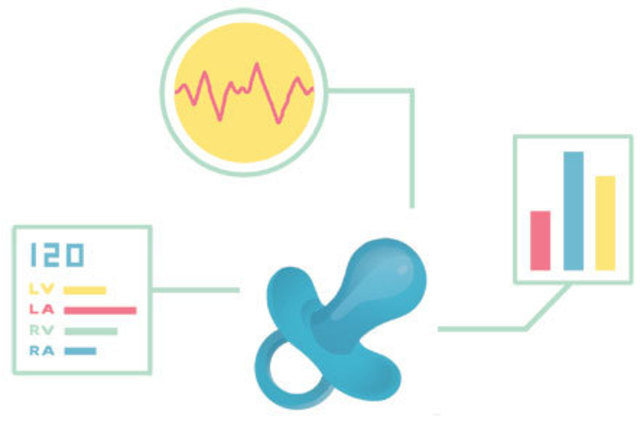
Image: John Patrick Thomas
The incredible rise in twin births is attributed, mostly, to in-vitro fertilization—“there have been over one million births worldwide from IVF alone,” says Dr. Moise—but while guidelines as to how many embryos to place in the uterus have substantially cut down on the number of higher-order multiples (triplets or more), the guidelines have had little impact on twins thus far.
The good news for the Agees and other parents expecting twins is that the development of procedures like laser ablation and better neonatal care in general have improved the outlook for both mothers and children. “In general, twins are going to do okay with good surveillance,” says Dr. Moise. “Survival rates today in intensive care units are very good, should the babies be born prematurely.” At Children’s Memorial Hermann, he continues, “we have a full gamut of expertise both on the fetal and the maternal side. And we have one of only two Level IV neonatal intensive care units in this region of Texas that can deal with all the complications of twins.”
Of course, well before Ashley gave birth, her family had to get through the TTTS crisis facing their twins. Even understanding what was involved was difficult. “It was like drinking from a firehouse in terms of the information,” says Ben Agee. “But they did a great job of holding your hand and walking you through how it all works.”
In November, nearly 35 weeks into her pregnancy, Ashley delivered Penelope and Charlotte, who are now healthy and happy. The experience was life-changing in more ways than one. “After the scare, sophisticated medical care is high on our priority list,” says Ashley. The family still has a house in Jackson Hole, but they’re now back in Texas full time and thankful for the staff at Children’s Memorial Hermann.
“They were comforting. It felt like they were an extension of our family,” says Ashley. “Daily, we’re reminded of the good work that they do.”




